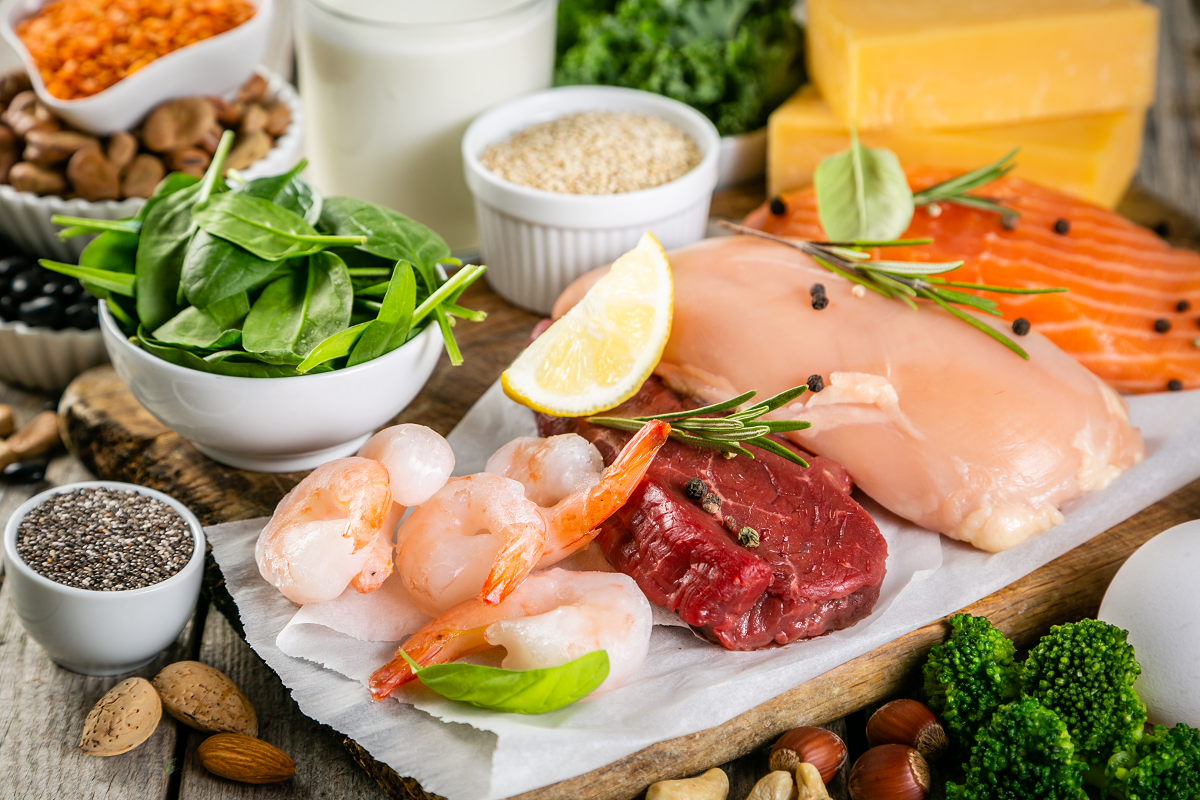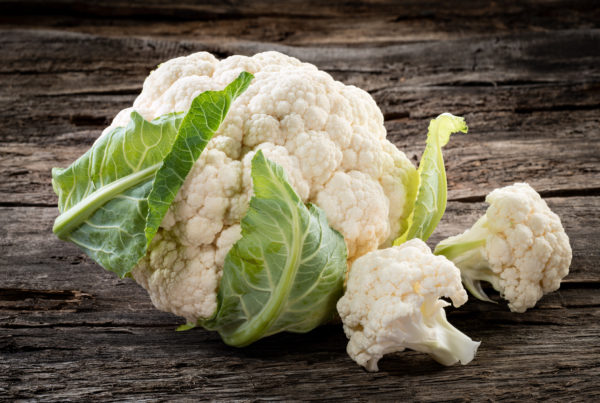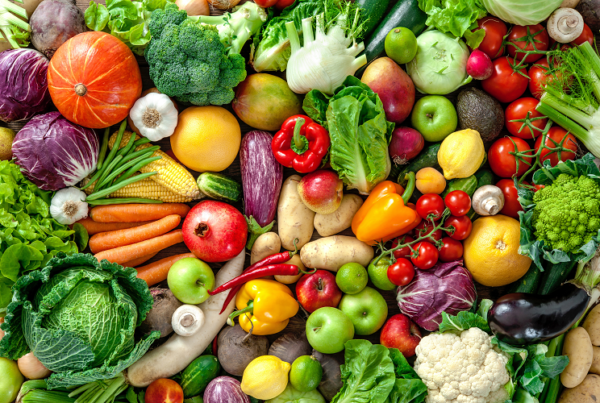
You already know how important protein is for weight loss (we hope), but did you know that varying the type you consume is important too? Even those clients who have been educated thoroughly by our weight loss consultants on optimum nutrition for weight loss, and those who are doing well in achieving their weight loss goals, still manage to overlook the importance of varying protein sources. They sometimes ask, ‘Why can’t I just get most of my protein from a daily intake of meat, fish and chicken?’
Read on for some interesting and valid reasons:
- To offset boredom: opening up an entirely different genre of protein, for instance, plant proteins, keeps many clients interested and committed enough to see their weight loss through to the end and, better still, to stick with Maintenance, without becoming demotivated or borted. Lentils have become the new best friend for many a clinet, and for good reason. They are the most popular and dense source of plant proteins and they offer other advantages such as prebiotic fibre, minerals like magnesium, copper, and manganese, and vitamins like folate and B1. Read more about the health benefits of plant proteins.
- For heart-health benefits: aiming to include more fish, for instance, is a great idea in terms of overall health and longevity. But you will only do this if, like me, you make the effort (it’s too easy to just keep having chicken or meat for dinner). I find going to my local fishmonger and buying in bulk, to freeze, is the only way. Seafood contains a range of nutrients, notably the omega-3 fatty acids, EPA and DHA, present in oily fish such as tuna, mackerel and salmon. Eating about 8 ounces of seafood per week (for instance, two fish dinners and one or two lunches) contributes to the prevention of heart disease. The health benefits from consuming seafood outweigh the health risk associated with mercury, a heavy metal found in seafood in varying levels, and if you eat a variety of fish there should be no cause for concern.
- To benefit fully from amino-acids: Because protein comprises up to 20 different amino acids, each source contains a different amino acid profile (which either has some or all of those aminos in different proportions). When we digest protein, what our body actually absorbs and utilizes are those amino acids. Each one plays a different role in the body, from building and repairing various tissues, performing vital metabolic processes and even regulating gene expression. We need a variety off amino acids to live and thrive.
- Better budgeting: plant protein is usually cheaper than animal protein. Getting a portion of your protein from plants offsets the cost and allows you to focus on high quality protein (for instance, organic mince or grass-fed and pasture-raised animals). Another good idea, in terms of cost and optimum nutrition, is to reduce the meat content in some of your meals and, instead, to mix in some lentils or red kidney beans (for instance, in a chilli or make a spag bol with half meat, half lentils). Another point to mention here is that reducing meat consumption is also known to contribute towards environmental efforts since we know that methane emissions from cattle create greenhouse gases that has led to global warming so mixing in more plant-based proteins to our meals could help the planet too.
Firm up on your Amino Acid Knowledge
It took me ages to get to grasp with this, but amino acids – the basic building blocks of proteins – come in two kinds. Non-essential amino acids can be made by the body, while essential amino acids cannot be made by the body so you must get them from your diet.
There are 9 amino acids that we cannot make or convert. For the most part, animal-based protein contains adequate concentrations of all the essential amino acids. In other words, they are complete proteins in that they provide all the essential amino acids (as do soya foods by the way).
Furthermore, animal muscle meat is roughly identical in amino acid composition. Whether you eat chicken thighs, lamb chops, pork loin, salmon filets, or ribeye, you’ll be getting the same basic pattern of amino acids in your diet—including all the essentials. The same thing goes for almost all animal-derived foods, like eggs and dairy.
Plant proteins, however, are incomplete – they’re usually missing one or more of the essential amino acids. That’s why cultures that rely heavily on plant protein end up with food combos carefully designed to provide all the essential amino acids, such as beans with rice or beans with corn. Eating a variety of protein sources ensures you’re getting all the amino acids you need to perform basic physiological processes. So here are a couple reasons why balancing your protein intake from different sources is important.
How amino acids are used
The three main ways that the human body uses amino acids include:
- Protein synthesis– new proteins are created constantly. For example, as old, dead cells are sloughed off the skin surface, new ones are pushed up to replace them.
- Precursors of other compounds– a range of substances are created using amino acids, (for example, the brain chemical (neurotransmitter) serotonin and the ‘fight or flight’ chemical adrenalin).
- Energy– although carbohydrates are the body’s main fuel source, about 10 per cent of energy is obtained from protein.
Variety is the Spice of Life
If, like many people, you tend to eat mostly meat and chicken, think about shaking things up a little with these simple tips:
- Choose seafood at least twice, but ideally three, times each week. Look for seafood rich in omega-3 fatty acids, such as salmon, trout, tuna and sardines.
- Choose beans, peas, or soy products as a main dish or part of a meal often.
- Choose unsalted nuts as a snack, on salads, or in main dishes (for instance, toast and scatter blanched almonds on top of a curry) or eat a nut butter as a high protein snack.
- Don’t forget Greek yoghurt – a brilliant, high protein yoghurt that contains substantially less sugar and more protein than other yoghurts.
- Did you know that broccoli contains protein? Load it onto your plate – calorie for calorie, it is very high in protein compared to most vegetables. One cup contains 3 grams of protein, with only 31 calories.
Protein makes up the building blocks of organs, muscles, skin and hormones so aim to eat high-quality protein at every meal. Studies show that this improves health in various ways, such as helping you lose weight and belly fat, while increasing your muscle mass and strength. A diet high in protein also lowers blood pressure, fights diabetes and more. So what are you waiting for? Broaden your horizons with protein sources and start looking at different protein sources to add variety, flavour and interest into your meals and snacks.



